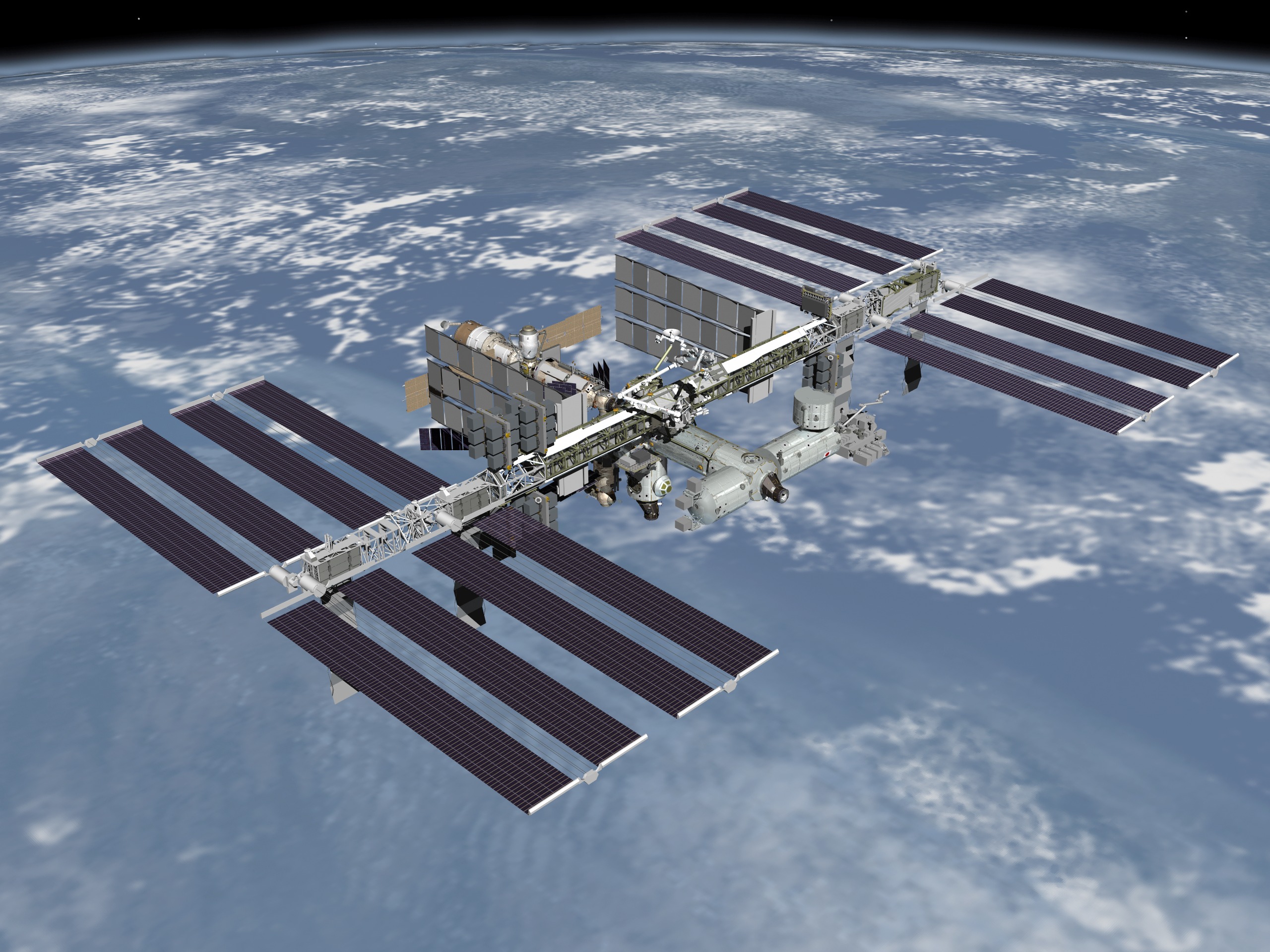
The Primary Purpose of Artificial Satellites: Connecting the Cosmos to Humanity
Artificial satellites, those man-made marvels orbiting the Earth and beyond, have transformed the way we perceive and interact with our planet and the universe. These sophisticated pieces of technology serve a multitude of purposes, ranging from scientific research to telecommunications and national security. In this comprehensive article, we will explore the primary purpose of artificial satellites, examining their various roles and their profound impact on modern society.
Pioneering the Space Age
The inception of the space age can be traced back to October 4, 1957, when the Soviet Union launched the world’s first artificial satellite, Sputnik 1. This historic moment marked the beginning of human-made objects orbiting our planet and paved the way for an era of unprecedented exploration and technological advancement.
Primary Purposes of Artificial Satellites
1. Communication and Telecommunications
One of the most prevalent uses of artificial satellites is for communication purposes. Geostationary satellites, positioned in fixed orbits above the Earth’s equator, allow for uninterrupted and global communication. They serve as relays for television broadcasts, internet connectivity, telephone calls, and data transmission, connecting people and businesses across vast distances.
2. Earth Observation and Remote Sensing
Satellites equipped with advanced imaging technology play a pivotal role in monitoring our planet. They provide essential data for weather forecasting, climate monitoring, disaster management, and environmental studies. Satellites like NASA’s Landsat series capture high-resolution images of the Earth’s surface, aiding in agriculture, forestry, and urban planning.
3. Scientific Research and Exploration
Artificial satellites are essential tools for space exploration and scientific research. They allow scientists to study celestial bodies, observe distant galaxies, and explore the mysteries of the universe. Missions like the Hubble Space Telescope have revolutionized our understanding of astrophysics and cosmology.
4. Navigation and Global Positioning
The Global Positioning System (GPS) relies on a network of satellites to provide precise location and timing information to users worldwide. GPS technology has become an integral part of daily life, supporting navigation for vehicles, airplanes, and smartphones, among other applications.
5. National Security and Defense
Satellites play a crucial role in national security and defense. They are used for surveillance, reconnaissance, and monitoring of potential threats. Military satellites provide governments with real-time intelligence, enabling informed decisions in times of crisis.
6. Space Exploration and Spacecraft Communication
Beyond Earth’s orbit, artificial satellites facilitate communication with spacecraft exploring our solar system and beyond. They serve as relays for transmitting data and commands between ground control stations and interplanetary missions, enabling the successful exploration of distant worlds.
7. Scientific Discoveries and Earth’s Climate
Satellites have been instrumental in monitoring Earth’s climate and studying phenomena such as ozone depletion, sea level rise, and greenhouse gas emissions. They contribute vital data to climate change research and inform global efforts to address environmental challenges.
Conclusion
Artificial satellites represent a testament to human ingenuity and our innate curiosity about the cosmos. Their primary purpose, to connect the cosmos to humanity, encompasses a wide array of functions that impact nearly every aspect of our lives. From enabling seamless global communication to advancing scientific knowledge and aiding in national defense, satellites have become indispensable tools of the modern age. As technology continues to advance, we can anticipate even more remarkable contributions from these orbiting wonders, further expanding our understanding of the universe and improving the quality of life on our home planet.
